How to Spot Dental Problems in Cats: Vet-Approved Tips 2025 🦷

In this article
How to Spot Dental Problems in Cats: Vet-Approved Tips 2025 🦷
By Dr. Duncan Houston BVSc
Cat dental health is one of the most overlooked aspects of feline care. Yet, dental disease is incredibly common — by age 3, over 70% of cats show signs of dental issues like gingivitis, tartar buildup, or even tooth resorption. Spotting these problems early can prevent pain, infections, and costly dental surgeries later on.
In this comprehensive guide, we’ll help you identify the most common signs of dental disease in cats and explain when to seek veterinary help.
🦷 1. Bad Breath (Halitosis)
If your cat has bad breath that smells more than just “fishy,” it could be a sign of periodontal disease, bacterial infection, or even an underlying health issue like kidney disease. Foul-smelling breath is one of the earliest signs of dental trouble in cats.
😿 2. Excessive Drooling or Bloody Saliva
While some cats drool when purring, excessive drooling or bloody saliva may indicate pain, dental trauma, or a broken tooth. It can also be a sign of oral tumors or advanced gum disease.
🍽️ 3. Change in Appetite or Eating Habits
If your cat is suddenly refusing food, chewing slowly, or dropping kibble from their mouth, it's time to check for oral pain or tooth sensitivity. Dental problems make eating painful and may cause a cat to avoid crunchy food altogether.
⚖️ 4. Weight Loss
Gradual weight loss in cats may result from reduced food intake due to tooth pain, sore gums, or infected teeth. If your cat is losing weight and becoming lethargic, schedule a dental check-up with your vet immediately.
🦷 5. Difficulty Chewing or Dropping Food
Watch for cats who chew on one side of their mouth, eat slowly, or seem uncomfortable during meals. Difficulty chewing is a major red flag for cat dental disease and should not be ignored.
🌸 6. Red, Swollen, or Bleeding Gums
Healthy cat gums should be light pink and firm. If you notice red gums, swelling, or bleeding while brushing, your cat may have gingivitis — the first stage of periodontal disease in cats.
🟡 7. Yellow or Brown Teeth & Tartar Buildup
Discolored teeth with visible yellow or brown tartar are clear indicators of poor dental hygiene. Left untreated, this buildup can lead to infection, tooth loss, and damage to internal organs.
🦷 8. Loose or Missing Teeth
Cats should not lose adult teeth. If you notice loose or missing teeth, it's likely the result of advanced dental disease, trauma, or a genetic condition such as tooth resorption.
🐾 9. Pawing at the Mouth or Face
A cat that’s pawing at their mouth or rubbing their face repeatedly may be trying to relieve pain or irritation. This behavior often goes hand-in-hand with broken teeth, gum inflammation, or oral abscesses.
👅 10. Lumps, Growths, or Sores in the Mouth
Open your cat’s mouth and inspect for any oral growths, sores on the gums, tongue, or lips. These could be benign but should always be checked by a vet — especially if they bleed or grow rapidly.
😾 11. Behavioral Changes
Dental pain in cats can cause them to become more withdrawn, less playful, or even aggressive when touched near the face. If your affectionate feline suddenly becomes irritable, their mouth could be the cause.
📋 What to Do If You Spot These Symptoms
- Book a vet dental exam immediately.
- Ask your vet about professional dental cleaning for cats.
- Start brushing your cat’s teeth regularly with a cat-safe toothbrush and toothpaste.
- Use vet-approved dental treats or water additives to maintain oral hygiene.
💬 Vet Tip from Dr. Duncan Houston
“Dental disease is one of the most preventable conditions in cats, yet it remains one of the most common. If you spot bad breath, tartar, or bleeding gums — don’t wait. Early treatment can save teeth and improve overall health.”
— Dr. Duncan Houston, BVSc
🛒 Cat Dental Health Essentials
Want to support your cat’s oral health at home? Check out our vet-recommended dental products and enrichment toys at Purrz.com.
- Vet-approved dental toys
- Soft beds for post-dental recovery
- Enrichment products to keep cats happy and healthy
🐱 Final Thoughts: Don’t Ignore Dental Health
Cat dental care isn’t just about fresh breath — it’s essential for their long-term health. From tooth resorption to infected gums, dental disease can cause immense pain and affect organs like the heart and kidneys.
Spotting early signs and booking regular vet dental checkups can add years to your cat’s life.




